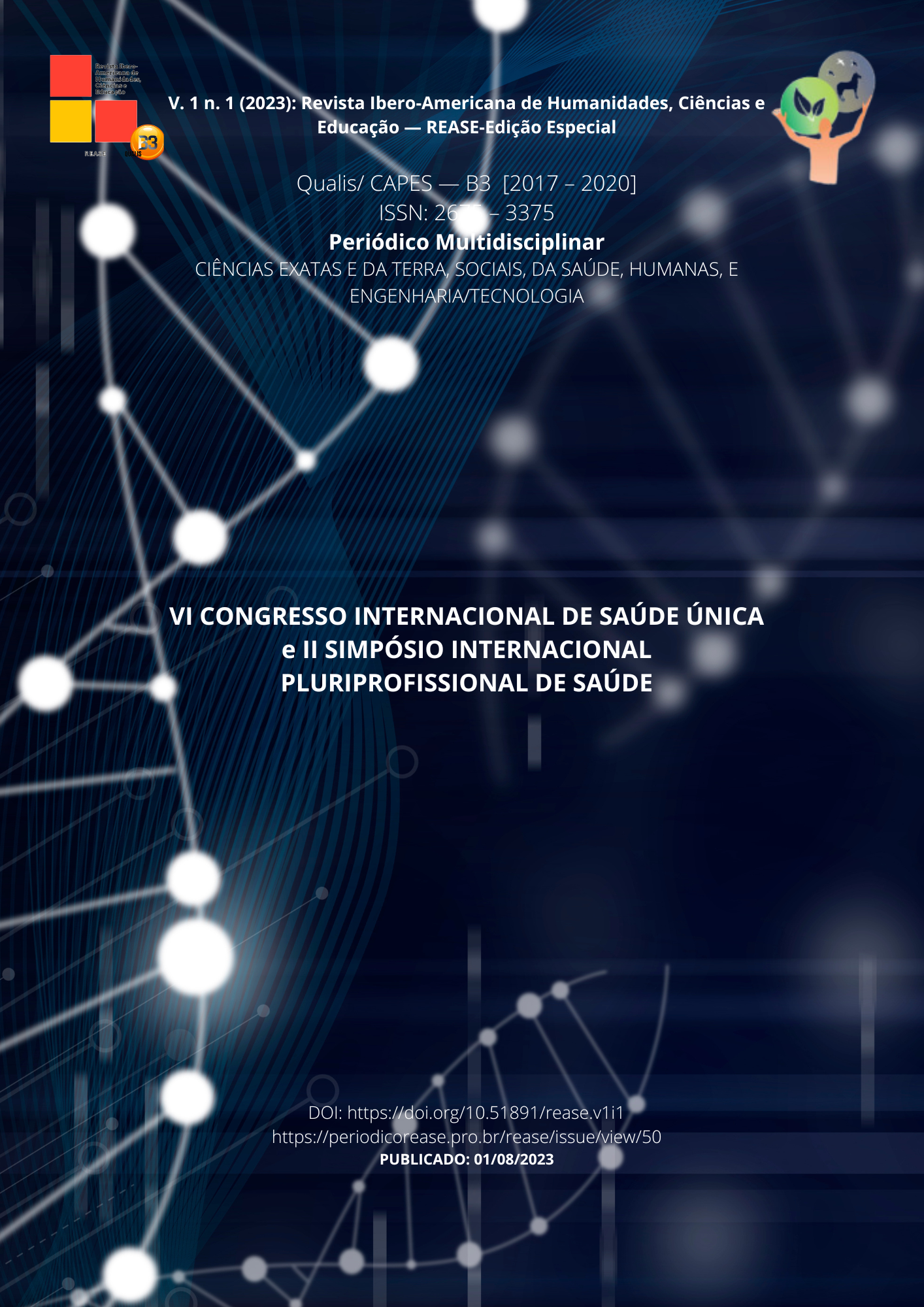APPLICATION OF THE PILATES METHOD AND KINESIOTHERAPY APPROACH IN PREGNANT WOMEN WITH LOW BACK PAIN: AN INTEGRATIVE REVIEW
DOI:
https://doi.org/10.51891/rease.v1i1.10497Keywords:
Pregnant woman. Backache. Kinesiotherapy. Pilates Method.Abstract
The gestational period is characterized by several changes in the female body, which come from mechanical and/or hormonal activities. A number of changes take place with the main objective of maintaining and facilitating the healthy development of the fetus. Low back pain is one of the main musculoskeletal complaints referred to during pregnancy, and it is estimated that more than 50% of pregnant women are affected by low back pain, especially in the third trimester of pregnancy. Physiotherapy, through kinesiotherapy and the Pilates method, enables the treatment of gestational low back pain, as well as the prevention of this disorder. Thus, the general objective of the research is to investigate the benefits of the Pilates method and kinesiotherapy in pregnant women with low back pain. Therefore, the specific objectives are to know the biomechanical changes of the gestational period, to understand the most common pathological changes that occur in the pregnancy period, to understand the called gestational low back pain, to know about the importance of physiotherapy in the care of pregnant women and to learn about the Pilates method and kinesiotherapy applied in this phase of female life. It is, therefore, an integrative review of the literature of a qualitative nature, and, for its preparation, the following descriptors were used: ‘Pregnant women’, ‘Low back pain’, ‘Pilates method’, ‘Exercise therapy’ in Portuguese, English and Spanish. The years 2012 to 2022 were established as a delimitation, with emphasis and preference being given to research from the last 5 years. The databases consulted were: Scientific Electronic Library Online (SciELO), PEDRo and the Virtual Health Library (BVS). The main finding of this course conclusion work was the evidence that the Pilates method is extremely superior to the non-treatment used by the control groups of randomized clinical trials for the treatment of gestational musculoskeletal pain. The Pilates method was also beneficial for controlling the progression of diastasis, increasing mobility, functionality and functional capacity, increasing strength and resistance of the abdominal and pelvic floor muscles. It was also evidenced that the regular practice of physical exercises is recommended for pregnant women, being the moderate intensity, the duration of 150 minutes per week distributed in the frequency of 3 days a week, in sessions that vary between 30 and 60 minutes. Furthermore, it is concluded that kinesiotherapy and the Pilates method have been applied for the treatment and prevention of gestational low back pain. Both are necessary for the improvement of physical conditioning, sleep improvement, pain relief and musculoskeletal discomfort caused by the gestational process.
Downloads
Downloads
Published
How to Cite
Issue
Section
License
Atribuição CC BY

